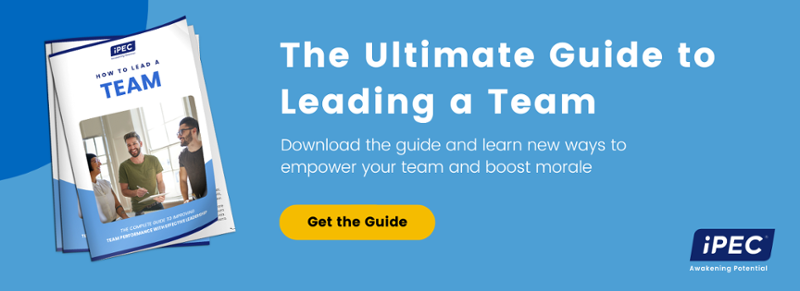By now, we’ve established that all great leaders have one thing in common: they have high self-awareness.
In other ways, they actively seek to understand how their words and actions affect others and how they impact progress toward their overall goals. A leader’s level of self-awareness can affect the level of clarity their team has, the trust their employees place in them, and their ability to make decisions quickly and decisively.
Research found that senior executives who lack self-awareness are 600% more likely to fall short of both individual and company goals.
However, developing awareness is much more easily said than done. It’s one thing to be aware of your environment and how others’ actions impact your business—but it can be much more difficult to turn that spotlight back on yourself by exploring your own limiting perspectives, assumptions, and faulty interpretations.
But, don’t lose hope! There are proven, simple ways you can increase both:
- your internal self-awareness (how well you know and understand yourself and your motivations) and
- your external self-awareness (how clearly you see how you come across to others and the impact you’re having) as a leader.
Building self-awareness for leaders starts with self-reflection
Much of the work required to develop deeper self-awareness takes place within. It calls for some serious soul-searching and plenty of self-evaluation, and you’ll probably encounter some uncomfortable truths along the way. But, the potential payoff for your business, relationships, and personal stress levels provides plenty of incentive to commit to the journey!
Here are three effective tools that can help you with the process of building your self awareness as a leader.
1. Identify your triggers
Do you know what your emotional triggers or ‘button pushers’ are?
All of us have a tendency to react to certain events, people, or actions, and these reactions are almost always based on past occurrences and how we interpret them. For example, maybe you tend to lash out when one of your colleagues challenges an idea of yours.
While most people have a long list of triggers, it’s rarely helpful (and generally pretty harmful!) to try to tackle or ‘fix’ them all at once. Instead, try getting started by choosing one trigger which you know you’re reacting to in a way that has an undesirable impact on your desired outcomes.
From there, see if you can find a pattern and determine which situations set off this trigger most often. Then ask yourself: what would your preferred response look like?
When you find yourself headed into one of those button-pushing situations, remember your “better” response and keep it in your mind. You’ll soon find that you’re far less triggered and are able to respond with awareness more often and more naturally.
2. Practice mindfulness
The idea of mindfulness has gotten plenty of media attention in the past decade or so, and practicing it can be surprisingly simple.
In essence, mindfulness is simply about being present and aware. Being aware means noticing your physical, mental, and emotional reactions to events and other people without judging them as good or bad. When practiced daily, this type of awareness results in an ability to more easily and quickly recognize and name those thoughts and emotions buzzing around in your head all the time, with less stress and judgment attached to them.
Though it’s true that mindfulness isn’t complicated, it is incredibly powerful. Practiced regularly, it will help you stay in the moment and ease the mental stress of the constant replaying of past mistakes, or anxiety about the future, that our subconscious minds like to engage in.
3. Resist the urge to dwell
Okay, so maybe you blew up at one of your employees, then spent the rest of the afternoon in your office beating yourself up about it. Not the best example to set for your employees, right?
It’s important that you give yourself a break when you go through this process, and show yourself patience and grace. Are you going to experience setbacks or fall back into old patterns from time to time? You bet! But, focusing there doesn’t lead to improvement.
Instead, go ahead and spend a little time exploring your reaction and understanding where it came from. But, then take that information, choose what you’re going to do with it, and put that into action. Keep your focus on the “what’s next” to avoid ruminating on the past.
You might try incorporating these internal tools in the next few weeks and see what happens. My guess is, if you commit to these techniques over the long term, you’ll notice significant changes.
Get the free guide to How to Lead a Team, and discover new ways to empower your team and boost morale.
Inside you’ll learn solutions to common challenges we hear from executives, managers, and leaders that’ll help you improve team performance, discover your leadership style, and practice effective leadership through coaching.

